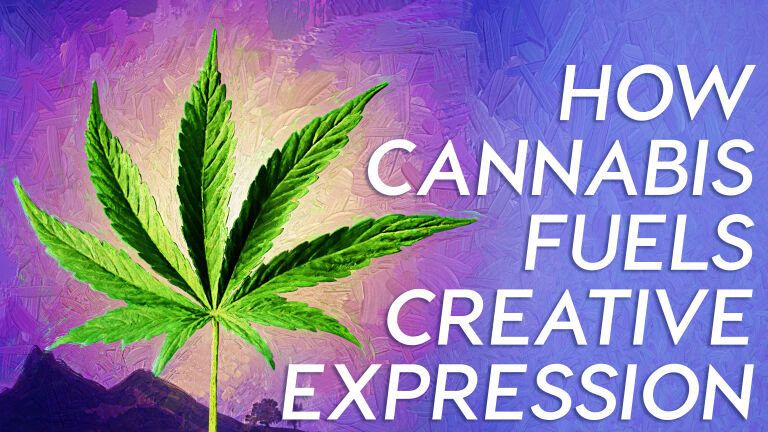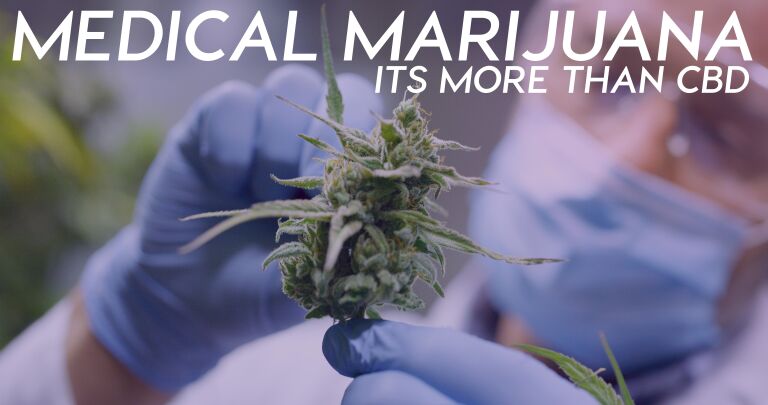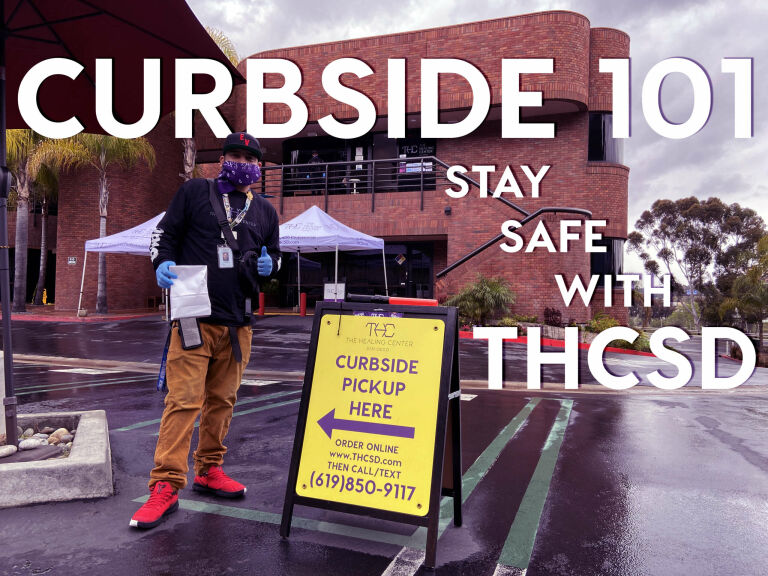The Surprising Truth
Microdosing often gets brought up as today’s world shift in cannabis acceptance has us reinventing the wheel, but with a greater understanding of how the body interacts with cannabis. Before prohibition, no one even knew we had endocannabinoid systems (or ECS). Along with this new knowledge we have testing and imaging choices the world hadn’t even dreamed of in the 1930s that allow us to see how effective our dosing is.
As documentation of clinical use of cannabis grows we’re beginning to see unexpected evidence that the body often responds with the relief you are seeking at a much lower dose of THC than anyone suspected, down to as low as 1 mg of THC.
What is Cannabis Microdosing?
The greatest concern often expressed about using cannabis centers around the expected high. Although an effective dose of CBD may be between 10 and 100 mg, THC can be psychoactive at doses lower than 10 mg.
Microdosing takes the daily dose of THC-rich cannabis and splits it into 3-5 smaller doses, scheduled for administration across the whole day. Your goal with microdosing is to keep the THC dose to 10 mg or below, with the expectation that you’ll more easily control the psychoactive effect.
For example, if your daily dose of THC is 30 mg, you could break it down into 3 doses of 10 mg each up to 5 doses of 6 mg each.
Why Should I Care About Microdosing?
If you’re only looking to get high, you probably won’t much care for controlling cannabinoid intake, but I’d wager a guess that most of us have more reasons than an occasional buzz to reach for cannabis. Most patients have social obligations that require them to be more attentive than impaired.
Sensitive populations, including elder seniors and novice cannabis consumers, can respond best to ultra-low doses of THC, and conversely, may respond unfavorably to high doses of THC, making them cautious about continuing to use cannabis.
Personal Medicine
Cannabis is personal medicine. Your homeostatic tone is different than mine, and your need for cannabinoids will be individual. For almost everyone, a minimal therapeutic dose, where one finds relief from some physical or emotional distress, will be much lower than a euphoric dose.
When the ECS is confronted by too much THC, CB1 receptors will retreat into the cell membrane until the system has calmed enough to allow them to return to duty. This raises tolerance levels, meaning you’ll need more cannabis product to get similar results.
NOTE: Endocannabinoid receptors will graciously reset to usable positions following a 36-hour period of cannabis abstinence.
Lastly, since cannabinoids are efficiently removed from the system by the enzymes created to break them apart for elimination, multiple doses will also keep cannabinoids circulating, potentially linking up with cells that need attention.
Finding Balance With Euphoria
Unless euphoria is the desired effect, it’s not necessary to be high to use cannabis as medicine. In response to market demand, the cannabis industry has developed a wide offering of products that will dose THC below 10mg.
Another easy fix to unwanted euphoria is to adjust the CBD volumes to a level that’ll tamp down THC’s psychoactivity. Ratios with three to five times CBD to THC (3:1, 5:1) will usually control the buzz, although everyone is individual. You’ll find your local dispensary well-stocked with products in a variety of ratios.
How Do I Microdose?
Once you have a set goal for your daily dose of cannabinoids, microdosing is as easy as splitting that daily dose up into at least three smaller doses, and scheduling them across the day.
Browse through the dispensary menu and you’ll find many products with THC doses as low as 5mg. As helpful as it can be to purchase small doses, there may be times when you’ll want to have doses down to around 1 mg.
How Do I Get An Ultra-low Dose?
Once you find your daily dose of THC you’ll likely find a product that meets that quantity and ratio of cannabinoids, but finding a product that’ll offer doses below 5 mg can be a challenge. With a little ingenuity and some basic supplies, an infused cannabis oil can be dosed as low as around 1mg.
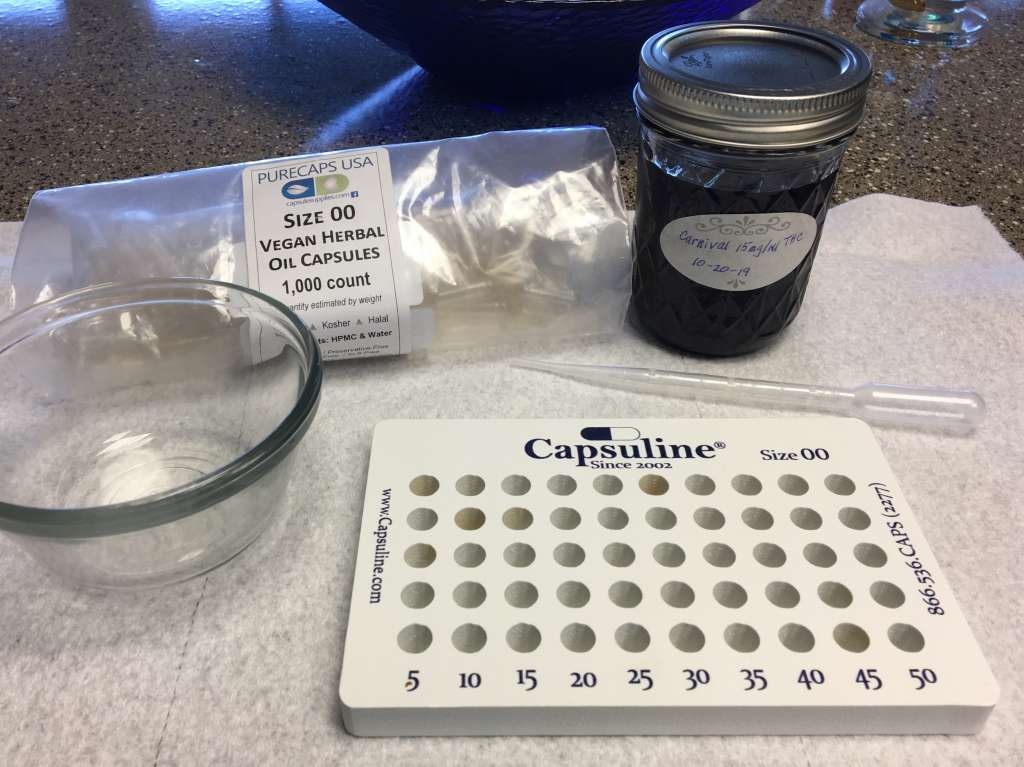
Supplies
- infused cannabis oil
- empty capsules (look for those made for herbal oils)
- jig for capsule-filling
- small container to hold capsule tops
- calibrated pipette or dropper
The Process

- Begin with a thorough clean of the workspace. I think of cannabis edibles as a food, and follow all the cleanliness practices I’d use to keep my prepared foods safe for consumption.
- Determine the cannabinoids volume of your infused oil (milligrams per milliliter)
- Using a measured milliliter of infused oil, count out the number of drops in the milliliter.
- Calculate how many drops would be needed to get 1 mg:
Total mg/ml divided by the number of drops per ml
(Ex: 30 mg/ml / 25 drops/ml = 1.67 drops of oil to make 1 mg)
NOTE: Don’t worry about exact measurements. Without home testing equipment we’re guessing anyway. Cannabis is as safe a medicine to work with as you’ll find anywhere. I simply round up or down, whichever is most appropriate to the situation.
- Fill your capsules with the number of drops to meet your dose needs.
A helpful note: The capsules have a fill line that I use as a guide.
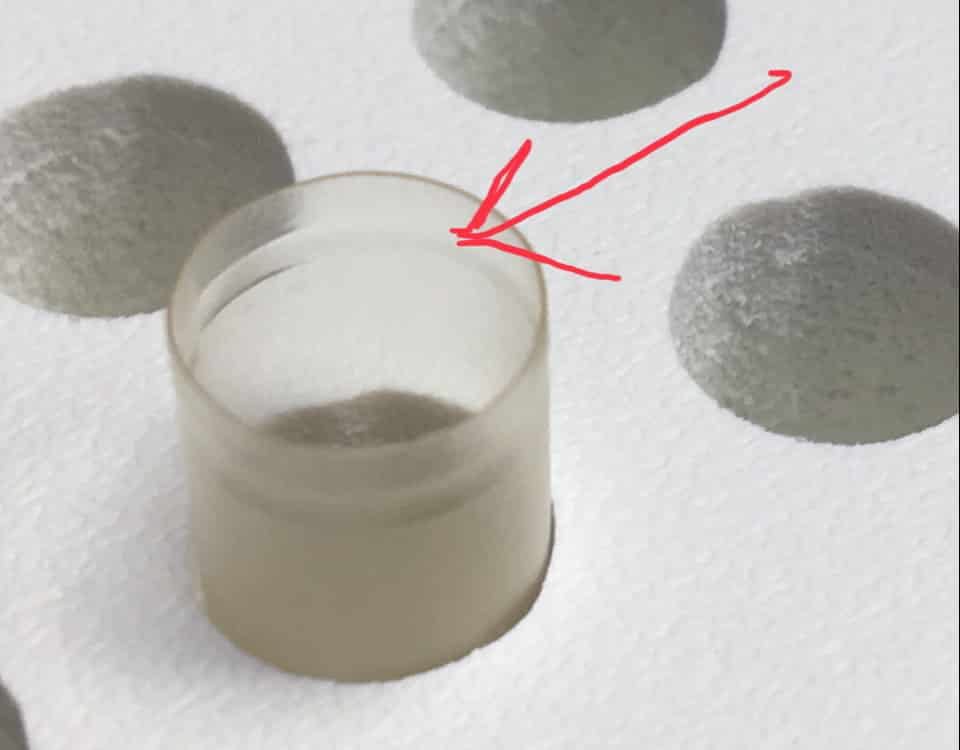
I’ve done this frequently and find I consistently get around 21-25 drops to the milliliter.
Once you have a count of drops you can calculate how many drops make 1 mg. I usually make capsules holding 1 mg, 2 mg, 3 mg, and 5 mg., the most common microdosing choices.
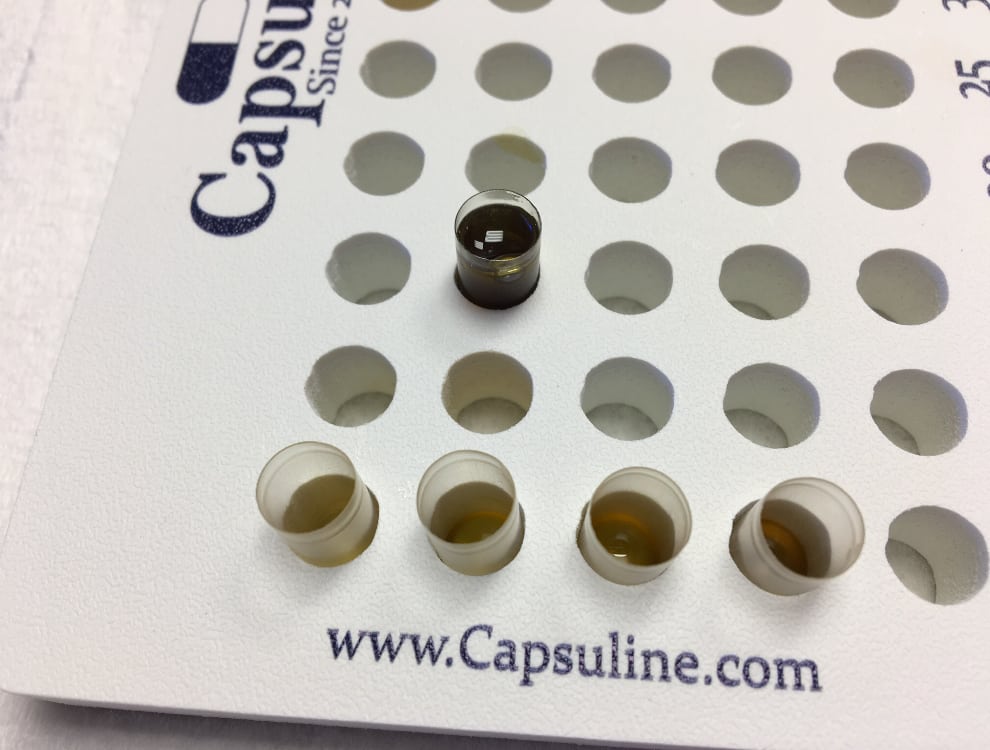
Close up your capsules, being certain they’re locked. You’ll feel them click together.
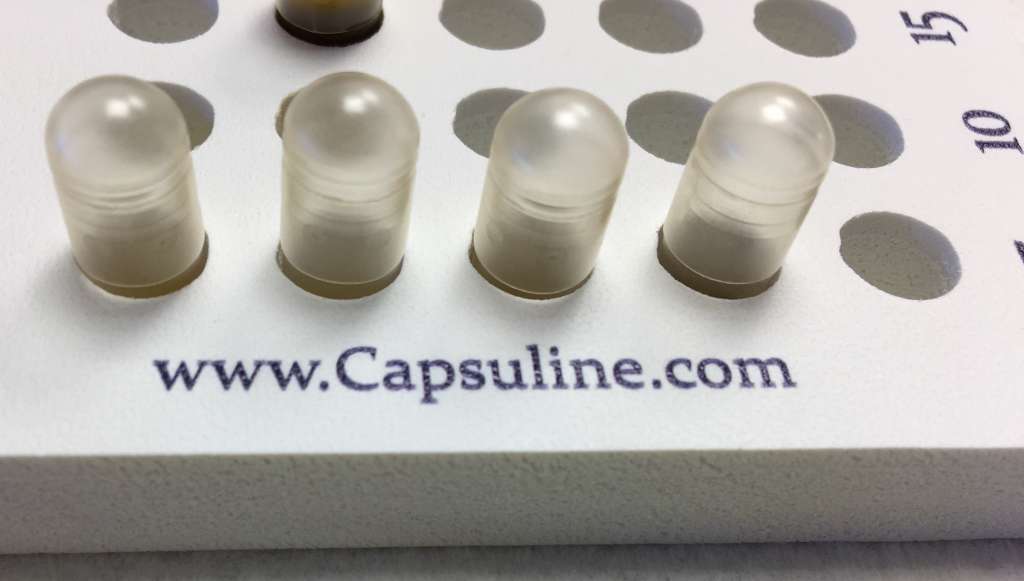
Remember to label your doses.

Dosing That Supports Healing
There are good reasons to pay attention to microdosing cannabis:
- Spreading the dose over the course of the day puts less stress in the ECS.
- THC’s euphoria is controllable in smaller doses.
- Cannabinoids only circulate for a few hours before being stored in fat tissue or eliminated from the body. Microdosing keeps a steady supply of reserve cannabinoids circulating and available.
- Sensitive populations respond more positively to smaller doses than large ones. Some seniors, for example, can find relief with doses as low as 1 mg of THC.
Let yourself explore what microdosing can do to improve your personal regimen. Have your own tricks for microdosing or questions about the process? Leave us a comment below and we’ll sort it all out together.

